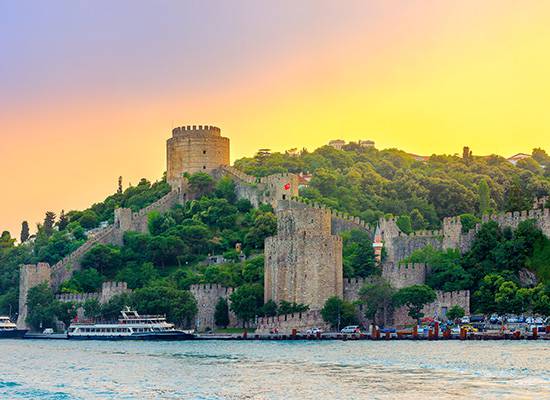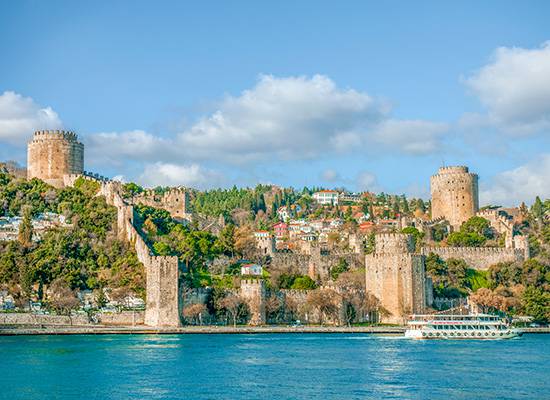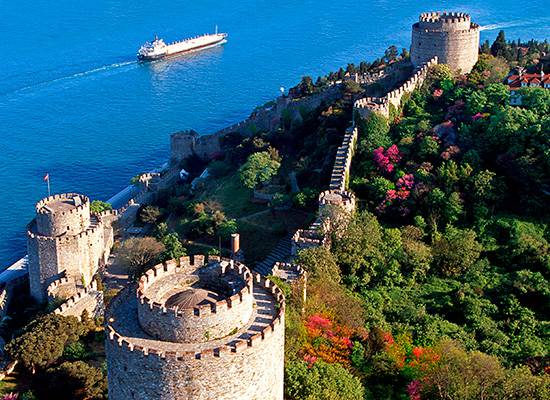Fatih Sultan Mehmet began construction of the fortress in March 1452, completing it in August of the same year. Its purpose was to control ships passing through the Bosphorus. Historical sources mention that during its construction, 300 craftsmen, 700-800 labourers, and 200 coachmen, boatmen, and transporters were involved. After the conquest, the fortress lost its importance and was repurposed as a prison in the 16th century. The building fell into ruin after a fire in 1746, but was later repaired during the reign of Sultan Selim III (1789-1807). It underwent comprehensive restoration work in 1953 to commemorate the 500th anniversary of the conquest, and was opened to visitors as a museum under the Directorate of Hisarlar Museum in 1968. The Rumeli Hisarı Museum is a symbol of the conquest of Istanbul and houses a collection of cannonballs from the Ottoman period, including those used during the conquest, as well as cannons from the period of Beyazıd II and late Ottoman cannons. The museum also displays various stone artefacts from the Eastern Roman Empire and the Golden Horn chain. The Rumeli Fortress is a medieval structure with the largest towers of its time. The Çandarlı Halil Pasha Tower, Zağanos Pasha Tower, and Saruca Pasha Tower were built by three viziers of Mehmet the Conqueror. The towers are 22, 21, and 28 metres high, respectively. The wooden floors have survived to this day. The Saruca Pasha Tower contains the divanhane room, which is notable for its acoustics, and graffiti from the period when it was used as a prison. The Zağanos Pasha Tower features a two-line nesih inscription, which is the first Turkish inscription of the Bosphorus. This distinctive structure has survived from the Middle Ages to the present day. It is notable not only for its architecture but also for its vegetation. Pine nuts, redbud trees, and wild ground covers bring to life a small section of the typical flora of the Bosphorus in the Hisar garden every season. Additionally, three viewing terraces offer one of the most beautiful views in the world.
RUMELI FORTRESS MUSEUM




